Our doorway into a virtual world of 3D is rendering. Discover the various techniques and what they’re capable of while learning about 3D rendering!
What is 3D Rendering?
Virtual Photography
3D rendering is the process of converting a three-dimensional model into two-dimensional visuals (for example, on a computer screen). The photos are created using data sets that specify the color, texture, and material of each object in the image.
In 1960, William Fetter drew a rendering of a pilot in order to replicate the amount of space required in a cockpit. Then, in 1963, while still at MIT, Ivan Sutherland invented Sketchpad, the first 3D modeling tool. He is known as the “Father of Computer Graphics” for his groundbreaking work.
Martin Newell, a researcher, produced the “Utah Teapot” in 1975, a 3D test model that became a typical test render. This teapot, also known as the Newell Teapot, has grown so iconic that it’s regarded as the computer programming equivalent of “Hello World.”
Present your architectural project like a work of art with Us
How Does It Work?
3D rendering is similar to 2D rendering in concept. 3D rendering is conceptually comparable to photography. To compose a photo, a rendering program, for example, essentially moves a camera towards an item. As a result, digital lighting is critical for producing a comprehensive and realistic render.
A variety of rendering approaches have been developed over time. Regardless, every render’s purpose is to capture an image based on how light interacts with objects, much like in real life.
Rasterization is the first rendering technique.
Rasterization is one of the first rendering technologies, and it works by considering the model as a mesh of polygons. The vertices of these polygons contain information such as position, texture, and color. After that, the vertices are projected onto a plane that is perpendicular to the perspective (i.e. the camera).
The remaining pixels are filled with the correct colors since the vertices act as borders. Imagine painting by first drawing an outline for each color you want to use — that’s rasterization in action.
Rasterization is a type of rendering that is quick. It is still commonly used today, particularly for real-time rendering (e.g. computer games, simulation, and interactive GUI). Higher resolution and anti-aliasing, a technique for smoothing the edges of objects and blending them into the surrounding pixels, have lately improved the process.
Ray Casting is the second rendering technique.
Although effective, rasterization has problems when there are overlapping objects: If two or more surfaces overlap, the last one drawn will be mirrored in the render, resulting in the rendering of the incorrect item. For rasterization, the concept of a Z-buffer was invented to tackle this problem. A depth sensor is used to determine which surface is under or over in a given point of view.
When ray casting was invented, however, this became obsolete. In contrast to rasterization, ray casting does not have the potential for overlapping surfaces.
Ray casting, as the name suggests, casts rays onto the model from the perspective of the camera. Every pixel on the picture plane is traced out with rays. The render will only show the first surface it hits, and any subsequent intersections after that will be ignored.
Ray Tracing Is The Third Rendering Technique.
Despite its benefits, ray casting was unable to accurately recreate shadows, reflections, and refractions. As a result, ray tracing was created.
Ray tracing is similar to ray casting, however it is more effective at representing light. To make secondary rays, the primary rays from the camera’s point of view are thrown onto the models. Depending on the qualities of the surface, shadow rays, reflection rays, or refraction rays will be emitted after impacting a model.
If the shadow ray’s path to the light source is blocked by another surface, a shadow is cast on that surface. If the surface is reflective, the subsequent reflection ray will be emitted at an angle, illuminating every other surface it comes into contact with, which will then emit its own set of rays. As a result, recursive ray tracing is another name for this approach. When a transparent surface is struck by the secondary ray, a refractive ray is emitted.
Rendering Equation is the fourth rendering technique.
It takes a long time to calculate each pixel. Further advancements in rendering eventually led to the invention of the rendering equation, which seeks to more closely imitate how light is emitted in reality. Light is emitted by everything, not simply by a single light source, according to this technique. In contrast to ray tracing, which solely uses direct lighting, this equation seeks to consider all sources of light in the draw. Global illumination, or indirect illumination, is the algorithm built using this equation.

Points to consider
Hardware
The quality of rendering is improving, but the process is still slow, which is why huge firms have spent heavily in render farms. Individual designers and artists must employ modern hardware in the meanwhile.
Rendering software creates renders using the GPU, CPU, or both. Rendering apps are also resource-intensive programs. Additional modifications are frequently required for a faster render. Many factors contribute to rapid, high-quality rendering, including processor speed, graphics card integration and compatibility, driver compatibility, and RAM.
If you’re looking for rendering software, take a look at this comprehensive list of current rendering applications.
Software
There is no such thing as a perfect render, as terrible as that may sound. This is due to the constant balance of various elements, including photorealism, quality, speed, data size, and resolution.
Despite their intricacy, these fundamental principles can be used to create photorealistic representations. To begin, the model should be proportioned correctly. A model that is realistically scaled is beneficial. Details can be readjusted if they appear off in the render, so measurements don’t have to be exact.
To produce realistic results, model materials should be appropriate and highly detailed. Renders with random elements in the textures also appear more lifelike.
Of course, lighting intensity, temperature, and location are all important considerations. The appropriate amount and placement of light will make it simpler to see things clearly. Also, keep in mind that if the color temperature isn’t adjusted correctly, your render may be messed up.
Finally, post-processing adds the finishing touches to your rendering. Simple retouches to your raw renders can transform them into stunning lifelike images.

Used Applications
In several sectors, 3D rendering has transformed workflows. Traditional blueprints and models in architecture and engineering are gradually being supplemented with rendered presentations. Rendering is a more cost-effective and time-saving method of prototyping.
New films in the film business today heavily rely on renderings. High-definition animated films have been developed by 3D animation studios. Physical movie effects and props are combined with high-definition video effects and computer-generated graphics to create the perfect shot. There are no boundaries, no matter what the situation is.
Renders are used in marketing to depict photorealistic views of products. Because rendering is cost-effective, marketing industries use it to generate campaigns that are as realistic and engaging as feasible.
The industry benefits from the advancement of games through photorealistic rendering and high-definition. Every year, game developers strive for more realistic elements in order to provide gamers a more immersive experience.
The advancement of 3D rendering is never-ending. Rendering’s growth will be aided in the coming years by the fact that a huge range of sectors rely on it.
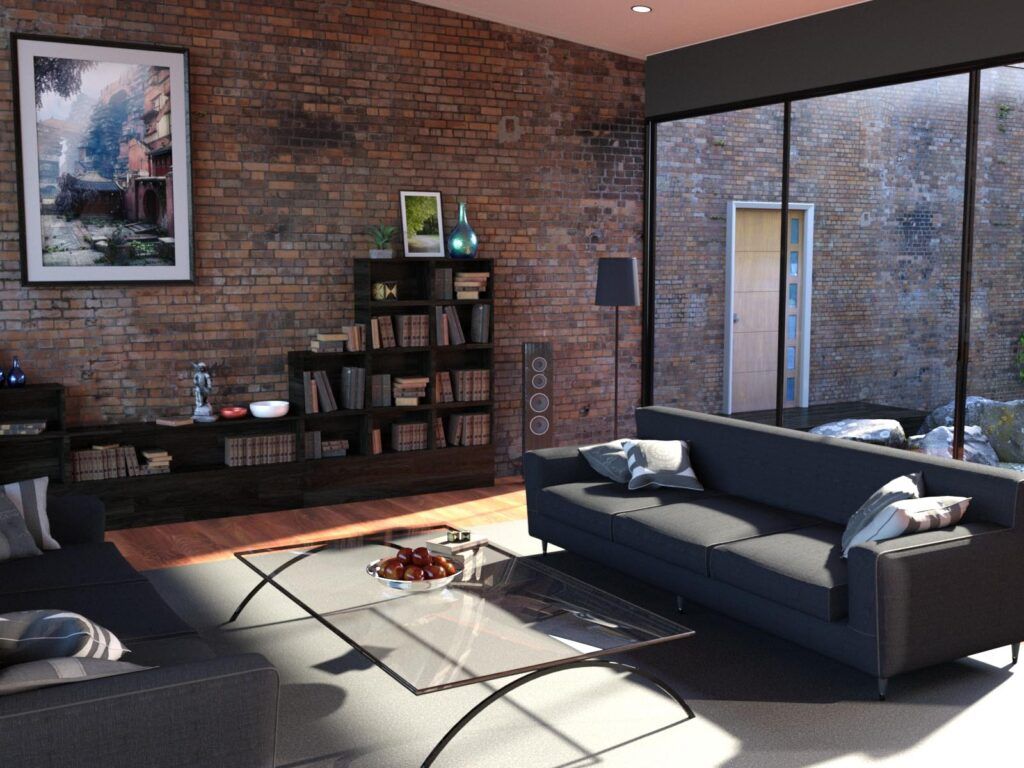
That’s all there is to know about 3D rendering so you can start outsourcing it or optimize your current process with a remote studio. We hope you found this post helpful and that you discovered what you were searching for.
GET A QUOTE ON YOUR NEXT PROJECT
Looking for designing your new timber house and a company that specializes in providing exquisite design solutions? Look no further!
LX Design Studio is dedicated to creating unique and personalized spaces that perfectly reflect our clients’ lifestyles and personalities. We offer a wide range of design services that cater to both residential and commercial clients, ensuring that their spaces are not only visually appealing but also functional and comfortable.
Contact us today at office@lxdesignstudio.co to discover how we can help turn your interior design dreams into reality.
An estimation of 3D rendering services pricing can also be found here.
#eco house, #energy saving house, #family house, #half-timbered house, #log house, #low energy house, #PlusEnergyHouse, #prefabricated house, #Swedish house, #wooden house, #your own house, #zero energy house, #passive house

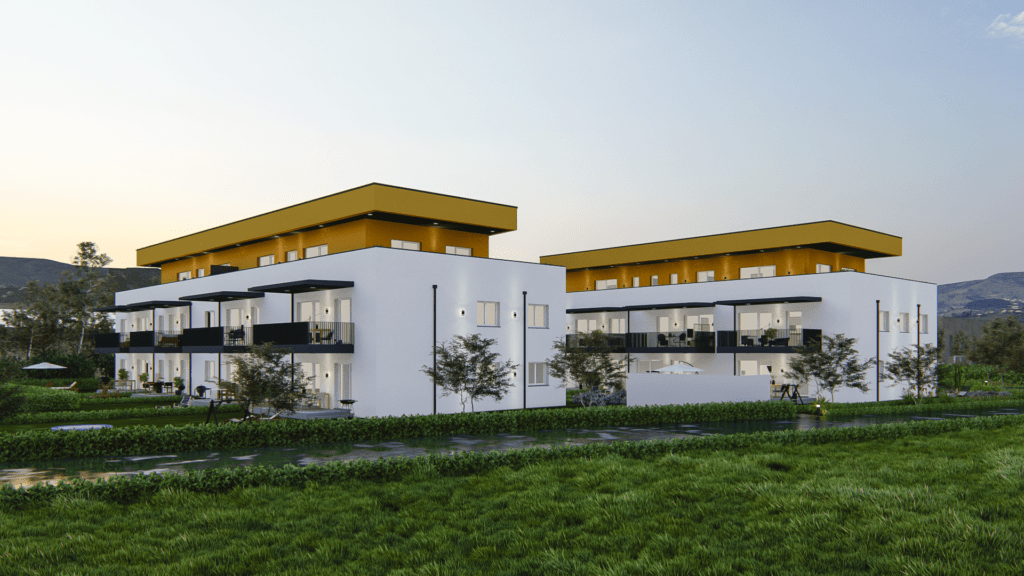
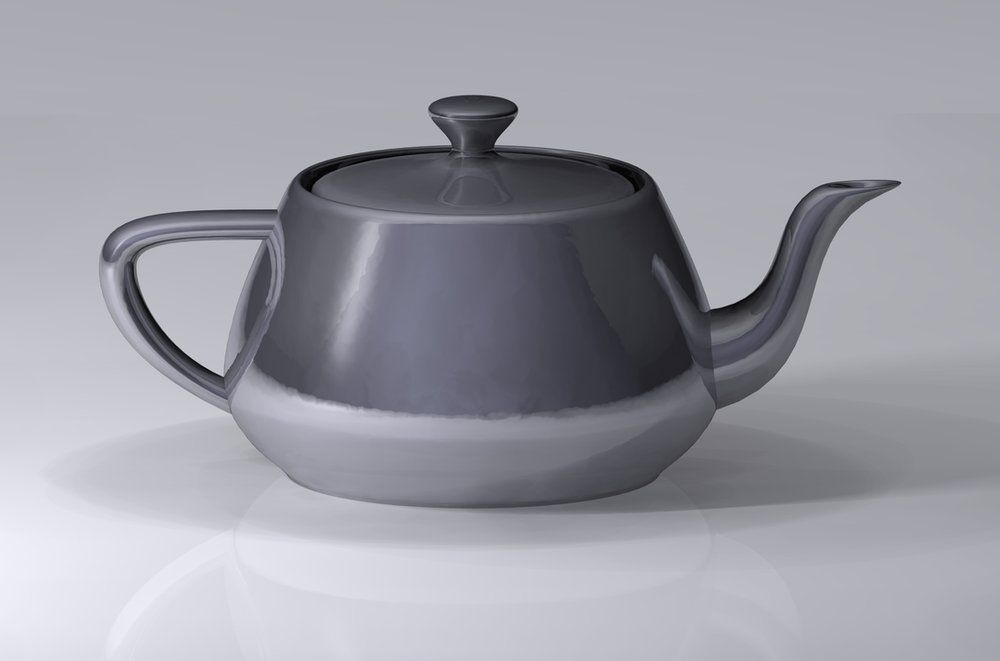

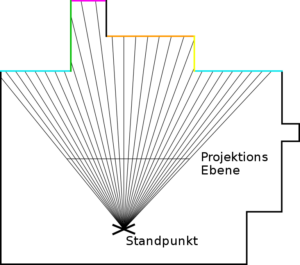
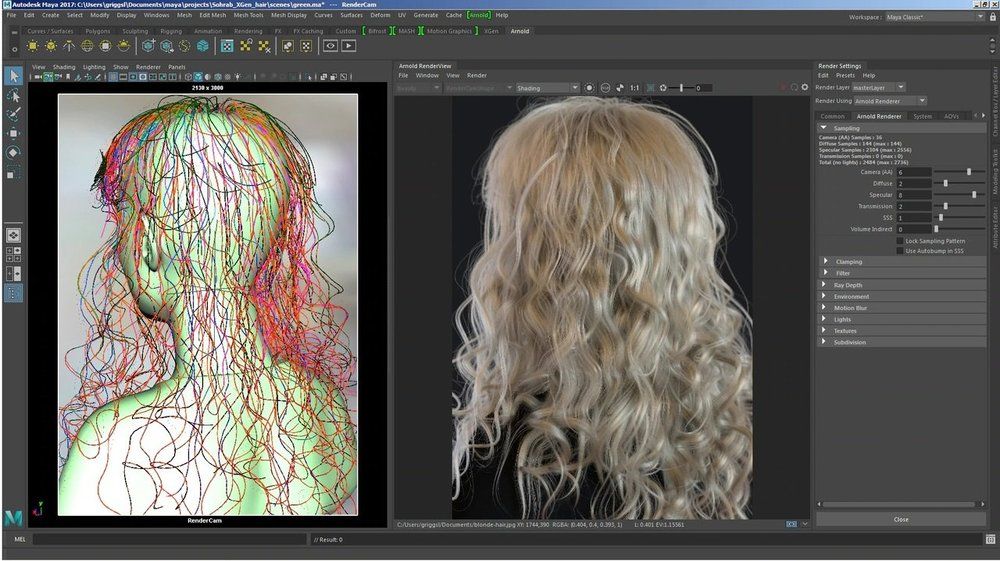
Well, having worked as an architect in the 80s/90s and 2000s and being aware of the difficulties of representing some projects for the construction of family units and interior furnishings, using suitable software for drawing, I am very convinced that the representation in 3D rendering would have been very useful for modern presentation and appropriate to our time in architectural design.
The best, thanks for the information
Hi there! I found your blog thanks to another website, but i must admit that i’ve been missing so much until now! You made quite helpful and interesting threads, i’m glad i’ve come across this blog. Regarding 3D rendering, i’ve always found it very interesting and i’ve always been tempted by trying to learn…but unfortunately, seems to be too complicated for me.
I would highly recommend this article to anyone interested in the topic. It was a pleasure to read and left me feeling more knowledgeable and informed on the subject. I look forward to reading more from this author in the future!
This is really amazing, I didn’t know there were several types of 3d rendering. I really want to learn more about this and who knows in the future to be able to work. thanks for the information, it was very useful
I enjoyed reading this article.3D rendering is improving day by day and this makes me more eager to learn about it
It is just crazy how render nowadays is getting better and better. It is so realistic.
Since 3D rendering is being used in my company, I’m getting more and more excited!
Great guide and explanation!
For me it was a useful article, indeed everything is described very clearly and concisely! Availability surprised me! I even made notes for myself!
It’s very professional 3D design. Helpful website.
The three-tech display technology has moved the photography a big shift for the better.
Quite impressive and a very professional presentation…keep up the good work
3D-Rendering ist eine Wissenschaft für sich und eine wirklich beeindruckende Software, die hier vorgestellt wird. Tolle Seite, sehr informativ und wahrscheinlich sowieso für die Profis gedacht. Ich habe diesen Artikel gerne gelesen
3d-Rendering is a science in itself and a really impressive software presented here. Great site , very informative and probably intended for the professionals anyway I enjoyed reading this article.
Amazing post, really interesting What i like most is the Ray Tracing explanation, one of the biggest technicall improvements of our recent times in gaming.
It Looks So Difficult But The Procedure Of The Explanation Is Really Great I am Fully Satisfied By The Help Of This blog This Helps Me Alot in My Artitecture Designing I Am Really Happy With This.
Nice work, I love drawings, constructions, in 3D, it’s much more realistic, I loved the publication, thanks for sharing
“There is no such thing as a perfect render”…. Yet! Let’s see how evolution goes! Very interesting, thank you
This is great information ??and it will definitely help a lot..excited about it
Oh its so good.
Er überzeugend. Bin zufrieden…!!!
This is something revolutionary. I think it can be a great bet for the real estate market, as it helps in the projection and visualization of everything we imagine in a beautiful and modern way.
wow, thanks for it. Great information. It will help me a lot.
Very well explained, althouugh it looks difficult! You have a new long term reader!
Amazing Designs! What Kind of Software do you Use? Its Blender?
Its a Amazing Technology, Really Informative, Big Up
Really informative.Great article for anyone inresrested in 3D rendering.
Great post, highly informative. It helped me understand some concepts that were not completely clear to me.
Thank you for the article! It helped me understand some concepts that were not clear to me. I’m interested in learning 3D rendering and this helped me a lot!
Excellent description of 3D rendering converting a three-dimensional model and also the pictures which impress me very much, all in all an interesting website and article.
This blog is interesting, it keeps motivating me.
I am new at modelling in 3d spaces and started with Blender recently. Interesting what’s all possible today, it looks so photorealistic.
Wow che nell’articolo mi piace
I’m new to design and photoshop so thank you for your helpful tutorial.
Thank you for your information.3d rendering is great but my question is
Can 3d rendering run smoothly on any computer/device
Hi Elson.. not really you have got to have certain Computer specifications in order to utilizes graphical softwares.. mostly software companies guide you already on the minimal computer specifications required,
Thank you for your information but have one question. What software of 3d rendering is best for slow performance computer
mostly software companies guide you already on the minimal computer specifications required,
3D rendering is a great subject to begin with and the opportunities associated with it are enormous. Although u need a lot of practice to be able to master it but its worth the effort.
It is the Future for sure! 3D digital world.
Great article! I like how the pros and cons of each techniques are compared. The potential of 3D rendering is huge in so many applications, but the computational cost makes you really consider the rendering time and realism that one actually needs for a specific task.
It’s amazing technology! The images are more and more realistic and over the years the trend is that the renderings become more and more perfect, bringing great results to works of images, videos, games and others.
It’s the technology of the age I loved it and it has a great impact on the future I loved it ❤️
I’m totally addicted to everything that involves 3D. I have devoured all available material on this subject. It was a pleasure to read this article, I had a lot of fun while learning
it is certainly the future of everything.. 3D digital world.
wow, that is great
The idea was totally amazing..i loved it..i really impressed with THIS… ❤️❤️
Wow amazing technology.Great article for those who are interested in 3D rendering.Thank you for this information.